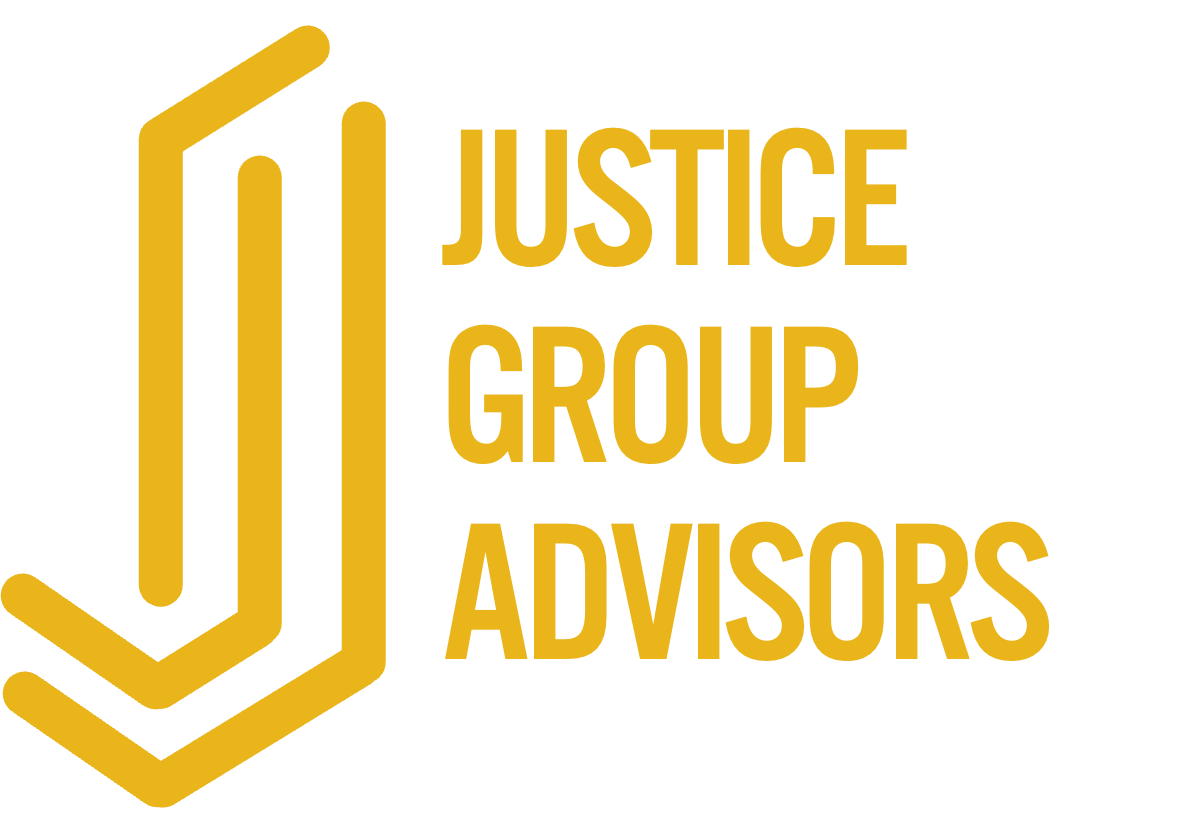What Enterprise Leadership Really Means
Why leading the business isn’t the same as leading your function.
TL;DR
- Functional excellence ≠ enterprise leadership
- Enterprise leaders operate at higher altitude, not just deeper expertise
- Success comes from orchestration, alignment, and influence — not control
- It’s not failure to struggle; it’s behavioral wiring
- Coaching helps leaders rewire how they see and lead the whole system
This article is part of our Enterprise Leadership Series, exploring exploring what changes when leaders move from functional excellence to enterprise impact.
You got promoted because you were excellent at your job.
But now excellence looks different—and no one tells you that.
You step into senior leadership thinking it will be more of the same, just bigger.
But it’s not. The game changes entirely.
And most leaders only realize it after they start to stumble.
This article defines what enterprise leadership actually requires—and why it feels so disorienting for even the highest performers.
The Shift: From Functional to Enterprise
Functional leaders succeed through depth.
Enterprise leaders succeed through breadth.
That shift sounds simple. It isn’t.
Functional Leadership → Enterprise Leadership
Control → Alignment
Certainty → Calibration
Speed → Signal Clarity
Personal Output → Shared Outcomes
Deep Expertise → Strategic Breadth
Enterprise leadership doesn’t mean you stop caring about your function.
It means you start caring as much about how your function fits into the whole.
You stop asking, "How do I win?"
You start asking, "What does the business need most right now—even if it’s not my team?"
Why It Feels So Hard: The Behavioral Science Behind the Shift
If you’re struggling to lead at the enterprise level, it’s not a sign of failure.
It’s a sign your brain is doing what it’s wired to do:
Status quo bias pulls you toward familiar tactics—even when they no longer work.
Loss aversion makes it painful to give up control, influence, or recognition.
Cognitive load narrows your field of vision under pressure—making you double down on your lane instead of seeing the system.
Enterprise leadership requires breaking those patterns.
Not with more effort, but with more altitude.
For more on how organizations unknowingly reinforce the wrong leadership habits, see Why Leadership Development Doesn’t Work — and What Actually Does.
The Altitude Model: How Enterprise Leaders See Differently
The most useful framework I offer clients navigating this shift:
Operator → Drives output
Integrator → Connects across
Enterprise Leader → Orchestrates outcomes
Every level higher, you trade proximity for perspective.
Your job is no longer to do the work. It’s to ensure the right work gets done across the system.
And that requires one of the hardest shifts of all:
Sometimes putting the needs of your function second—because the business needs something bigger.
That’s not disloyal. It’s leadership.
What Enterprise Leaders Actually Do
This shift isn’t just conceptual. You can see it in action.
Here are four behaviors I coach leaders to build:
1. They Frame Before They Decide
Enterprise leaders define the problem before chasing solutions.
They create shared understanding before taking action.
(Coming soon: a full breakdown in Frame First: The Mindset Shift Behind Better Decisions)
2. They Make Trade-Offs Visible
They name what they’re choosing—and what they’re not.
They make strategy a conversation, not a secret.
For a real-world look at how this plays out, see Developing an Enterprise Leadership Mindset: Balancing Functional and Organizational Goals.
3. They Align Before They Execute
They don’t wait for consensus.
They create shared direction so execution can move fast later.
Read more in The Confidence Threshold: Why You Keep Getting Pulled Into Decisions.
4. They Scale Influence Through Others
They coach the system.
Their function grows because their people grow—not because they touch every decision.
This connects closely to Are You Unconsciously Lowering the Bar?—and what it really costs the business when you don’t.
This Is Where Coaching Delivers the Most
Most coaching engagements for senior leaders begin right here.
Not because leaders are failing.
But because they’re operating with an outdated playbook.
Coaching doesn’t fix broken leaders.
It accelerates capable ones who are ready to see differently.
Ready to Go Deeper?
This article is part of the Enterprise Leadership Hub—a collection of insights for senior leaders learning to lead the whole business and the CEOs, CPOs, and other executives that support them.
You can also explore:
When a High Performer Hits a Ceiling— How to Unlock the Next Level of Leadership
Why Leadership Development Doesn’t Work—and What Actually Does?
This isn’t just the next step in your career.
It’s the next version of your leadership.
Let’s get you there.

